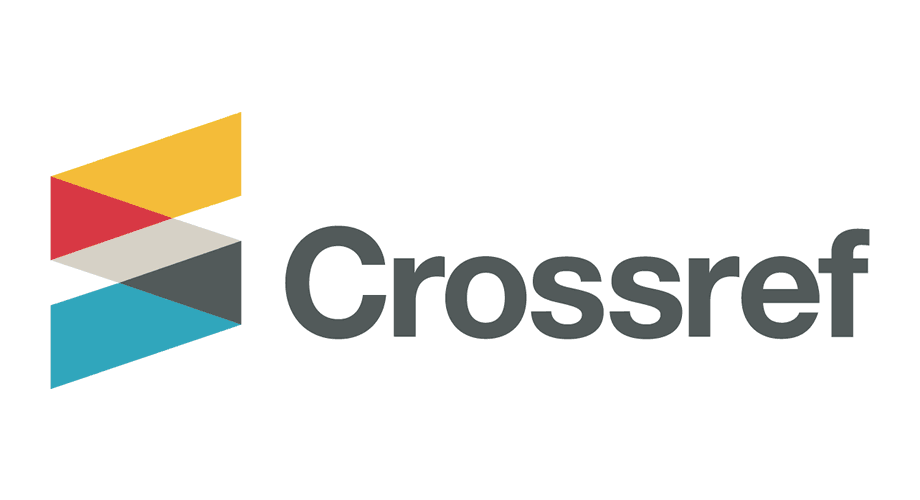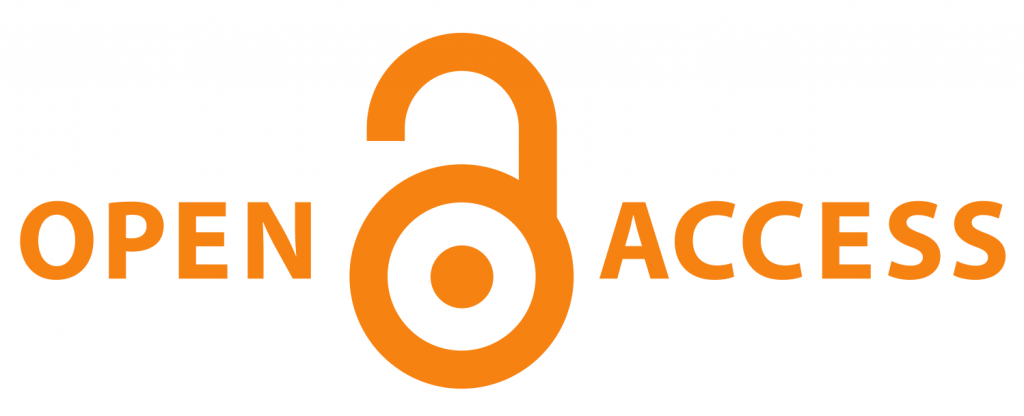Pathways of Pain: An Anatomical Perspective on Transmission and Modulation
DOI:
https://doi.org/10.21760/jaims.10.8.13Keywords:
Pain, Modulation, Nociception, Periaqueductal gray, rostral ventromedial medulla, GABAAbstract
Pain is a complex sensory-emotional experience essential for survival, serving as an imperative warning system for the body. The article provides an anatomical overview of pain transmission and modulation, describing the pathways and structures involved in nociception. Pain transmission is begun by activation of nociceptors in peripheral tissues, converting noxious stimuli to electrical signals conveyed via A-delta and C fibers to the dorsal horn of the spinal cord. Second-order neurons convey the information along ascending pathways, primarily the spinothalamic tract, to supraspinal brain centres like the thalamus, somatosensory cortex, limbic system, and prefrontal cortex, where pain is perceived and interpreted. Pain modulation occurs at different levels of the nervous system and is mediated through inhibitory as well as facilitatory mechanisms. Descending control from the brainstem -periaqueductal gray (PAG), and rostral ventromedial medulla (RVM) - plays a crucial role in modulating transmission of nociception at the spinal level. The neurotransmitters serotonin, norepinephrine, GABA, and endogenous opioids are the main modulators of pain. An understanding of pain transmission and modulatory mechanisms at the physiological and anatomical levels is essential for the planning of targeted pain management and treatment approaches.
Downloads
References
Snell RS. Clinical Neuroanatomy. 7th ed. Philadelphia: Lippincott; 2010. p.145.
Purves D, Augustine GJ, Fitzpatrick D, et al. Neuroscience. 6th ed. Oxford: Oxford University Press; 2018. Chapter: Pain.
Snell RS. Clinical Neuroanatomy. 7th ed. Philadelphia: Wolters Kluwer; 2010. Chapters on sensory systems and spinal pathways.
Snell RS. Clinical Neuroanatomy. 7th ed. Philadelphia: Wolters Kluwer; 2010. Chapters on sensory systems and spinal pathways.
Rush AM, Dib-Hajj SD, Liu S, et al. A single amino acid change in Nav1.7 causes extreme pain but no other phenotype. Nature. 2007;446(7132):557–561.
Julius D, Basbaum AI. Molecular mechanisms of nociception. Nature. 2001;413:203–210.
Rexed B. The cytoarchitectonic organization of the spinal cord in the cat. J Comp Neurol. 1952;96(3):415–495.
Willis WD, Coggeshall RE. Sensory Mechanisms of the Spinal Cord. 2nd ed. New York: Springer; 2004.
Snell RS. Clinical Neuroanatomy. 8th ed. Philadelphia: Wolters Kluwer; 2019.
Fields H. State-dependent opioid control of pain. Nat Rev Neurosci. 2004;5(7):565–575.
Singh I. Textbook of Human Neuroanatomy. 8th ed. New Delhi: Jaypee Brothers Medical Publishers; 2009. Chapter 9: Tracts of Spinal Cord and Brainstem.
Sabah NH. Neuromuscular Fundamentals. Boca Raton: Taylor & Francis; 2020. Chapter: Spinal Cord and Reflexes.
Standring S, editor. Gray's Anatomy: The Anatomical Basis of Clinical Practice. 41st ed. London: Elsevier; 2016.
Waxman SG. Clinical Neuroanatomy. 28th ed. New York: McGraw-Hill; 2017. p.181.
Snell RS. Clinical Neuroanatomy. 7th ed. Philadelphia: Lippincott; 2010. p.147.
Chaudhari P, Marwaha R, Bhalerao N. Marma Therapy – A Healing Touch for Pain with Gate Control Theory and Neuromodulation Technique. AYUSHDHARA. 2024;11(6):179–183.















